September 03, 2023
The exploration of outer space have expanded significantly since the signing of the Outer Space Treaty in 1967. While this treaty has set the framework for international cooperation and peaceful use of outer space, the rapid growth of space activities has led to a pressing concern: the problem of space debris. As space becomes more congested with satellites, rocket stages, and other discarded objects, the risk to future space travel is escalating. This article delves into the Outer Space Treaty, examines the issue of space debris, and analyzes recent updates and case laws that highlight the dangers posed to future space travels.
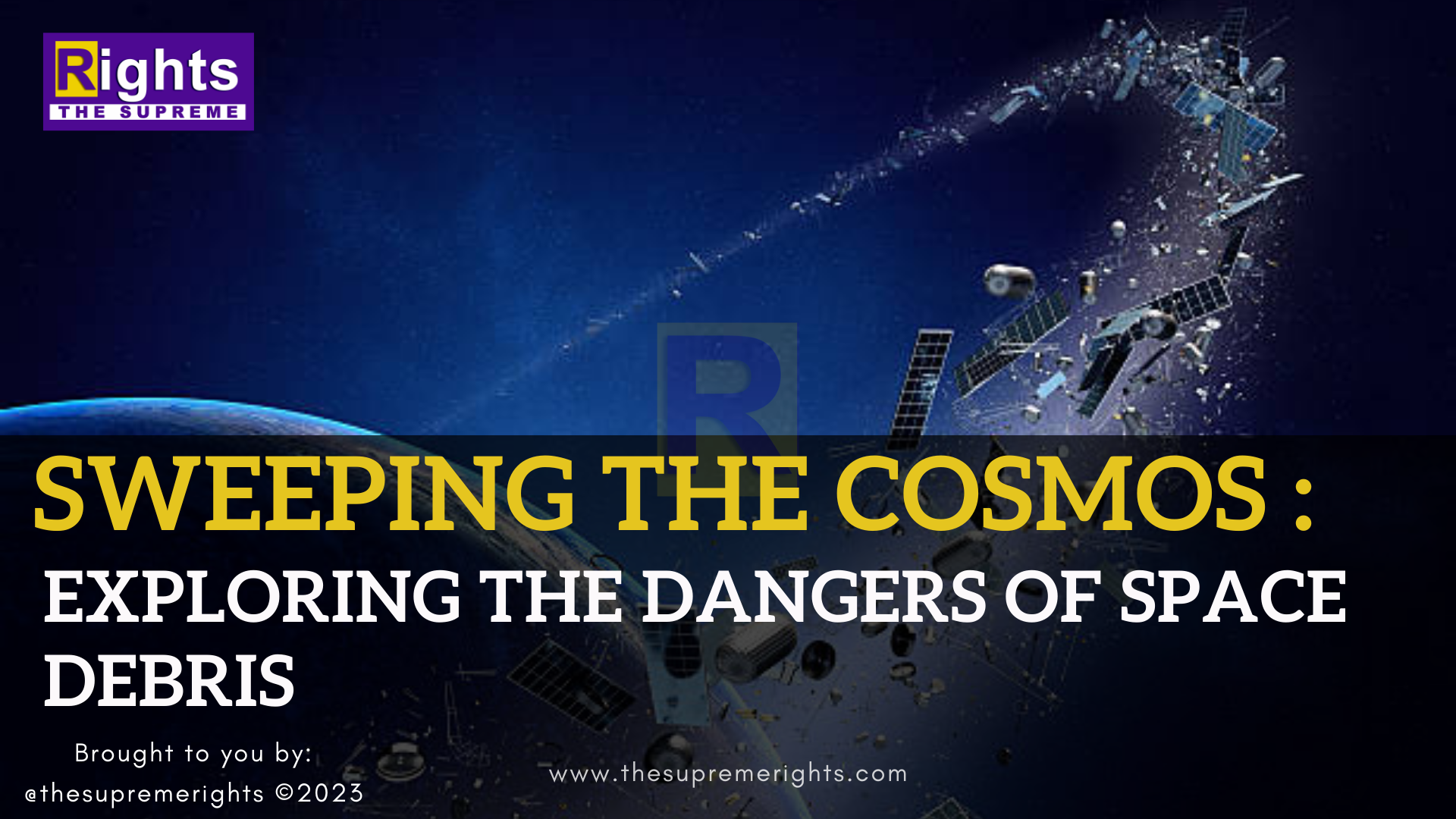
The Outer Space Treaty: A Foundation for Cooperation
The Outer Space Treaty, officially known as the Treaty on Principles Governing the Activities of States in the Exploration and Use of Outer Space, including the Moon and Other Celestial Bodies, was adopted by the United Nations in 1967. This landmark treaty aims to prevent the militarization of space, ensure the peaceful use of outer space, and promote international cooperation in space activities. It prohibits the placement of nuclear weapons and other weapons of mass destruction in orbit and establishes the principle that outer space is to be used for the benefit of all countries.
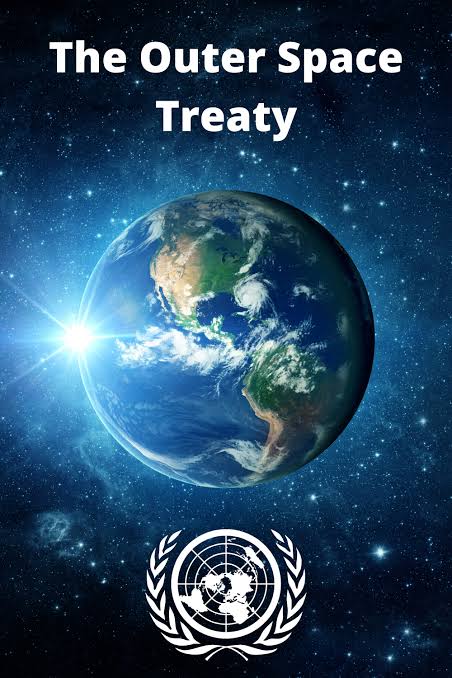
The Problem of Space Debris: A Growing Challenge
The proliferation of space activities, including satellite launches, space tourism, and scientific exploration, has resulted in an accumulation of space debris. This debris consists of defunct satellites, discarded rocket stages, and fragments from collisions between objects in orbit. As the number of objects in space increases, so does the risk of collisions, leading to the creation of more debris in a dangerous cycle known as the “Kessler syndrome.” This cascade effect could potentially render certain orbits unusable and pose significant threats to future space missions.
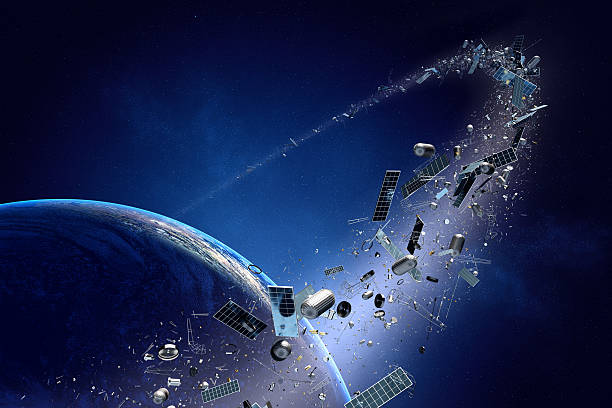 Space Debris
Space Debris
In recent years, the issue of space debris has gained prominence on the international stage, prompting discussions, initiatives, and legal considerations.
- India:
- In 2022, ISRO set up the System for Safe and Sustainable Operations Management (IS 4 OM) to continually monitor objects posing collision threats, predict the evolution of space debris, and mitigate the risk posed by space debris.
- ISRO also carried out 21 collision avoidance manoeuvres of Indian operational space assets in 2022 to avoid collisions with other space objects.
- ISRO has also set up a Centre for Space Debris Research to monitor and mitigate the threat of space debris.
- ‘Project NETRA’ is also an early warning system in space to detect debris and other hazards to Indian satellites.
- In 2022, ISRO set up the System for Safe and Sustainable Operations Management (IS 4 OM) to continually monitor objects posing collision threats, predict the evolution of space debris, and mitigate the risk posed by space debris.
- Global:
- The Inter-Agency Space Debris Coordination Committee (IADC), an international governmental forum, was established in 1993 to coordinate efforts between spacefaring nations to address the issue of space debris.
- The United Nations has established the Committee on the Peaceful Uses of Outer Space (COPUOS) to develop guidelines for the long-term sustainability of outer space activities, including the mitigation of space debris.
- The European Space Agency (ESA) has launched the Clean Space initiative, aimed at reducing the amount of space debris and promoting sustainable space activities.
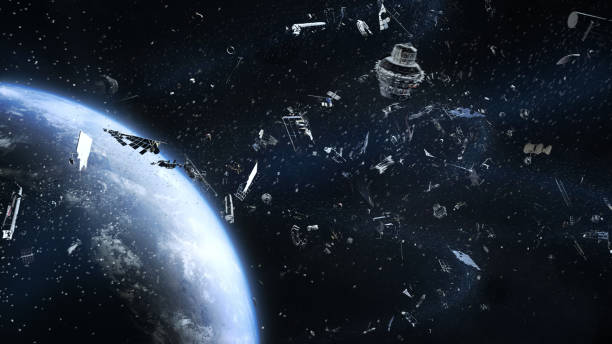
Space Debris Mitigation Guidelines:
1. The United Nations Office for Outer Space Affairs (UNOOSA) has developed guidelines for the mitigation of space debris. These guidelines recommend measures to minimize the creation of debris, such as ensuring satellites re-enter the Earth’s atmosphere within 25 years after the end of their operational lives.
2. Liability for Space Debris: The 1972 Liability Convention addresses the issue of liability for damage caused by space objects. As the risk of collisions and resulting debris increases, questions arise regarding liability for space debris-related accidents and damages. Recent case laws may shed light on how legal principles are applied in such scenarios.
3. Active Debris Removal Technology: Various space agencies and private companies are actively researching and developing technologies to remove space debris. These efforts aim to actively reduce the amount of debris in orbit and mitigate the risk of collisions.
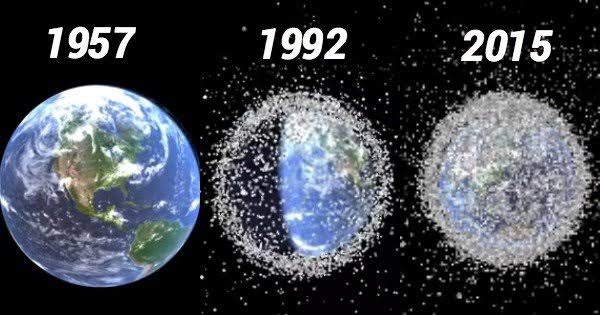 Last 6 decades of observation
Last 6 decades of observation
Conclusion
While the Outer Space Treaty has laid the foundation for peaceful and cooperative use of outer space, the escalating problem of space debris poses significant challenges to the future of space travel. The accumulation of debris and the risk of collisions could hinder the viability of critical orbits and jeopardize the safety of space missions. Recent updates and case laws underscore the need for international cooperation, responsible space practices, and innovative solutions to address the growing menace of space debris. As space activities continue to evolve, global collaboration remains essential to ensure the sustainability of outer space exploration and secure the prospects of safe future space travels.

